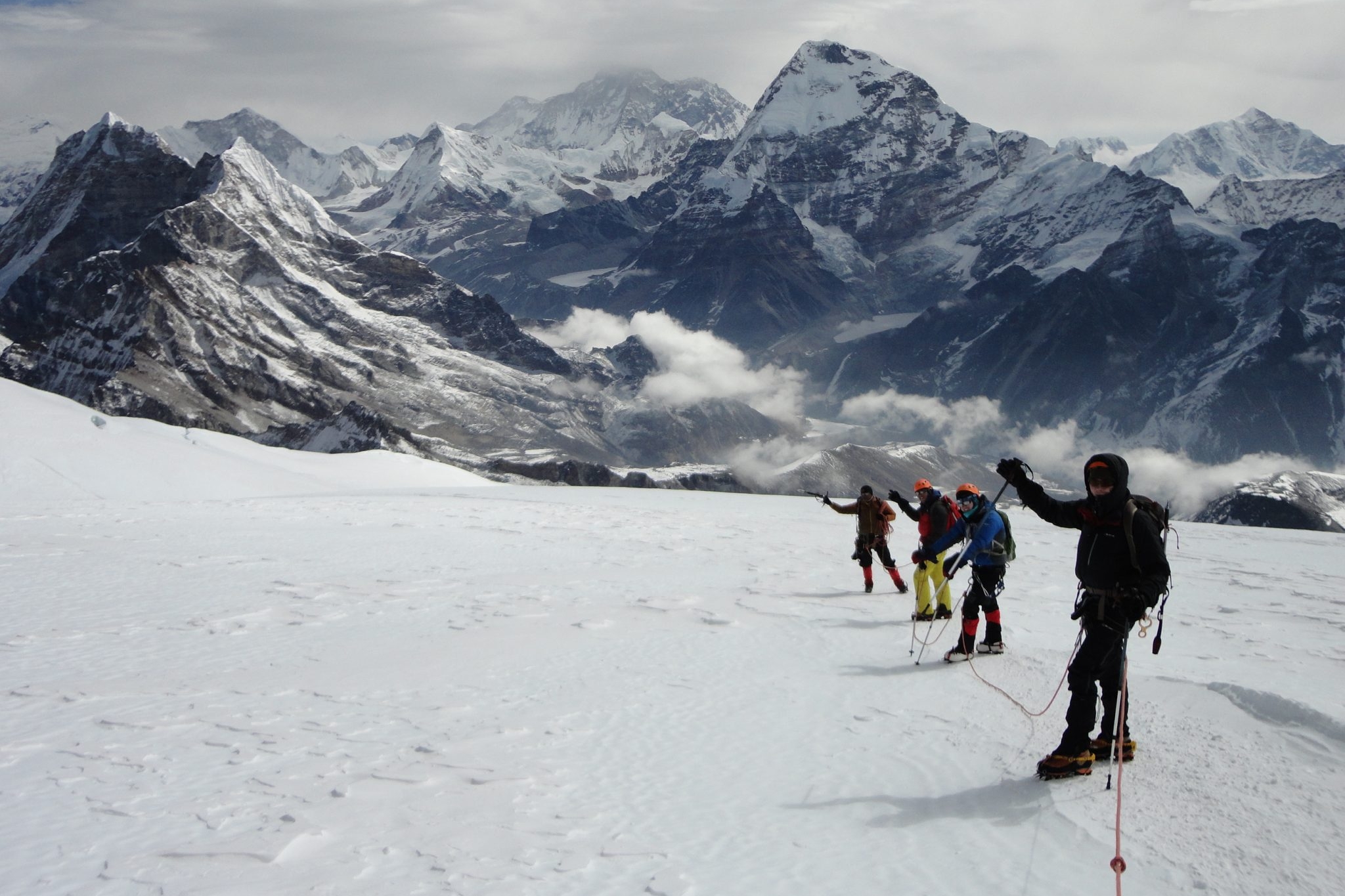

Fly to Lukla early in the morning, and that's when the real adventure starts. Set off on a walk to Chutanga, taking in the stunning scenery and the customs of the region. It takes around six or seven hours to complete the trek, which allows for a progressive acclimatization.

Trek across the picturesque Zatrala valley to get from Chhuthanga to Thulo Kharka. Witness the changing scenery as you rise and take in the peacefulness of the surroundings.

Travel in the direction of Kothe, a charming town tucked away in the highlands. Along with spectacular vistas, the 6-7 hour journey gives an opportunity to engage with the local inhabitants.

Proceed with your rise to reach 4,358 meters, or Thaknak. Because it only takes three to four hours, you may become more comfortable as you go closer to greater elevations.

You reach Khare, a crucial location at 5,045 meters above sea level, during today's hike. The two to three hour hike gives you enough time to adjust and get ready for the summit push.

An entire day in Khare dedicated to getting adjusted. Go on quick hikes to higher altitudes to help your body acclimate to the decreasing air quality and to make sure you're ready for the challenges that lie ahead.

Take off for Mera High Camp, the final destination before to the summit assault, a 6-to 7-hour hike. You get ready for the higher elevations with the elevation climb.

The trip's high point! Reach the 6,461-meter Mera Peak, celebrate your accomplishment, and then head down to Khare. The descent takes eight or nine hours.

Descend towards Kothe, a quaint village nestled in the mountains. The six to seven-hour trip offers breathtaking views as well as a chance to interact with the locals.

Descend to Thuli Kharka and take pleasure in a 5–6 hour hike across a variety of environments.

Return to Lukla via trekking across the difficult Zatrwa La Pass. The six to seven-hour trip offers breathtaking sweeping vistas.

The group takes an early flight from Lukla to Kathmandu, where they spend the day shopping for goods made in Nepal or relaxing. A goodbye dinner is organized for the group to celebrate their journey's successful ending.



